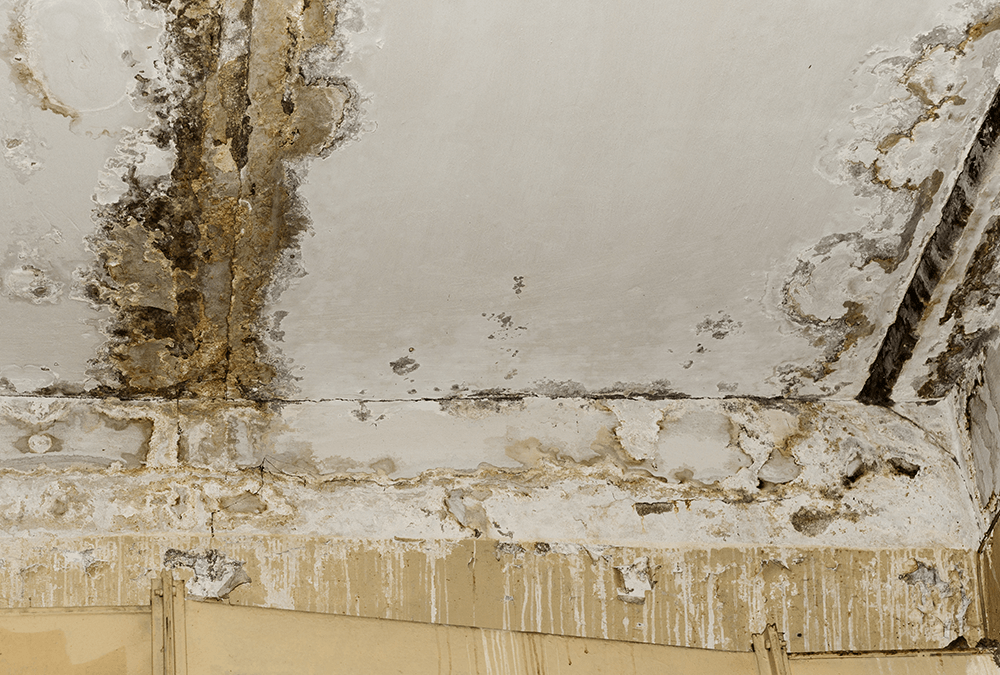They are making a few good annotation on the subject of Preventing Water Damage in the Bathroom as a whole in this content just below.

The restroom is exceptionally prone for moist buildup as well as possible water damage as a result of the frequent use water in it. This short article offers basic inspection strategies to help identifying water damages hazards.
The regular use of water in the bathroom makes it exceptionally susceptible for wet accumulation and also potential water damages. By inspecting it on a regular basis, you can lower water associated problems.
The following collection of assessments is easy to do and also ought to be done as soon as in every three months in order to maintain your bathroom in good shape and also to prevent prospective water problems caused by the bathtub, the shower, pipeline joints and plumbing, sinks, cupboards, and also the toilet
Do not overlook executing these inspections as well as be detailed while performing them. Bear in mind that these straightforward evaluations can save you a lot of cash by giving early indicators for water damages
Sinks and also Cabinets
Sinks and closets are exposed to dampness and humidity everyday as well as are usually overlooked. Evaluate routinely under the sink and also on the kitchen counter above it. Repair any kind of drip in the trap as it may recommend drainpipe problems. Take a look around the sink, sluggish draining pipelines might indicate a blocked drainpipe. Change sink seals if they are cracked or loose.
Tub and Shower
The shower as well as tub call for unique focus and maintenance. Inspect the floor tiles and also replace if broken. Make certain that there is no missing out on cement between the tiles. Examine as well as replace split caulking at joints where the wall surfaces meet the floor or the bathtub. Blocked drains pipes as well as pipelines troubles will certainly prevent the bathtub from drying and might show serious troubles beneath the bathtub. Speak with a professional right away to avoid architectural damages. Focus on stainings or soft locations around the bath tub wall surfaces as they might show an inner leakage.
Plumbing
Signs for water damages are tough to find given that the majority of pipelines are mounted inside the wall surfaces.
Pay unique focus to flooring and wall surfaces dampness and also discolorations as they might suggest an undetectable plumbing issue. Inspect wetness levels in adjoining rooms too.
The Bathroom
The bathroom is a susceptible water junction. Check the water lines and also look for leakages around the bathroom seat, in the hose pipe, and under the water tank. If you detect any kind of indicators of wetness on the floor around the commode, look for leaks in the toilet rim and container seals.
Know that hanging bathroom bowl deodorants raises the opportunities for blockages.
Water Damage Signs In The Bathroom To Avoid Cleanup
Musty smell
This is one of the easiest signs to catch because musty smells are so odorous. The damp, earthy, moldy smell should be a big red flag. The smell will develop when moisture gets trapped in surfaces, and begins to facilitate mold growth. Leaking pipes under cabinets, inside walls, and behind shower fixtures will cause moisture to stay trapped and not dry, which will lead to mold growth and spread. As soon as you notice any musty smells in your bathroom, have it checked for hidden water damage and cleanup signs.
Visible mold
If the smell isn’t there to give it away, sometimes you will actually see mold growth. Finding mold in your bathroom is a serious problem, because mold is very harmful to your health. By the time mold growth is visible, it also means that water damage has already occurred and been present for some time. The only way the mold problem can be resolved is to find the source of the moisture and get it stopped. To safely and adequately remove mold, you need to have professionals handle the remediation. Do not waste any time in getting mold problems addressed, fixed, and sanitized so that you can protect you and your family from the many respiratory symptoms caused by mold exposure.
Damaged floors
Bathroom floors should be able to withstand some exposure to water while still remaining in good condition. However, when excess exposure or water leaks occur, they will begin to damage even the most water-resistant flooring. If you notice any cracking, bubbling, staining, or warping on your bathroom floors, there is probably a water leak somewhere causing the distortion. If you notice areas of the floor have become softer, or even have a spongy feeling, there is probably damage to the subfloor. Subflooring is typically made up of plywood. When plywood is exposed to water or moisture, it will absorb it. Once it has become saturated, the weight of the excess water will cause the wood to swell and soften. Check the floors in your bathroom frequently to catch any of these sings before they lead to damaged subflooring.
Changes on walls
When water leaks behind walls, it will cause changes in the drywall. Peeling plaster, blistering paint, and soggy wallpaper are all good indicators that excess water is building up behind the wall. Water leaking behind drywall will cause it to swell and be soft to the tough. If you start to notice gaps along the trim of your walls, or where tile meets the wall, it could also be a strong indicator that there is a leak behind the wall. Any changes, distortion, or damage on the walls should be evaluated as soon as you notice it to prevent further water damage and cleanup.

I was brought to that article about Common Causes of Water Damage in a Bathroom from an acquaintance on our other website. Kindly take a moment to distribute this blog post if you liked it. We enjoy reading our article about How to Fix a Water Damage Bathroom.
Visit Our Site